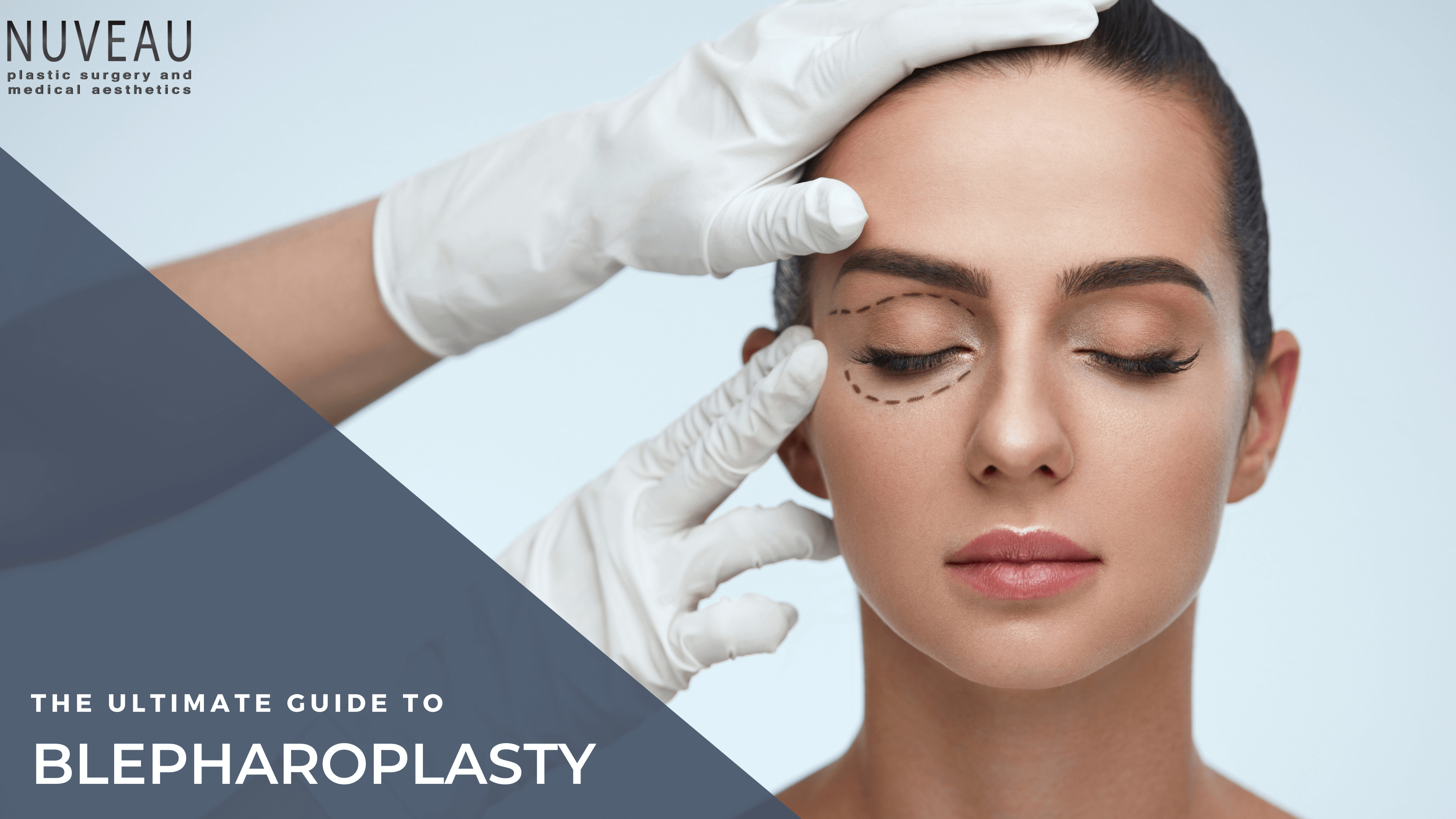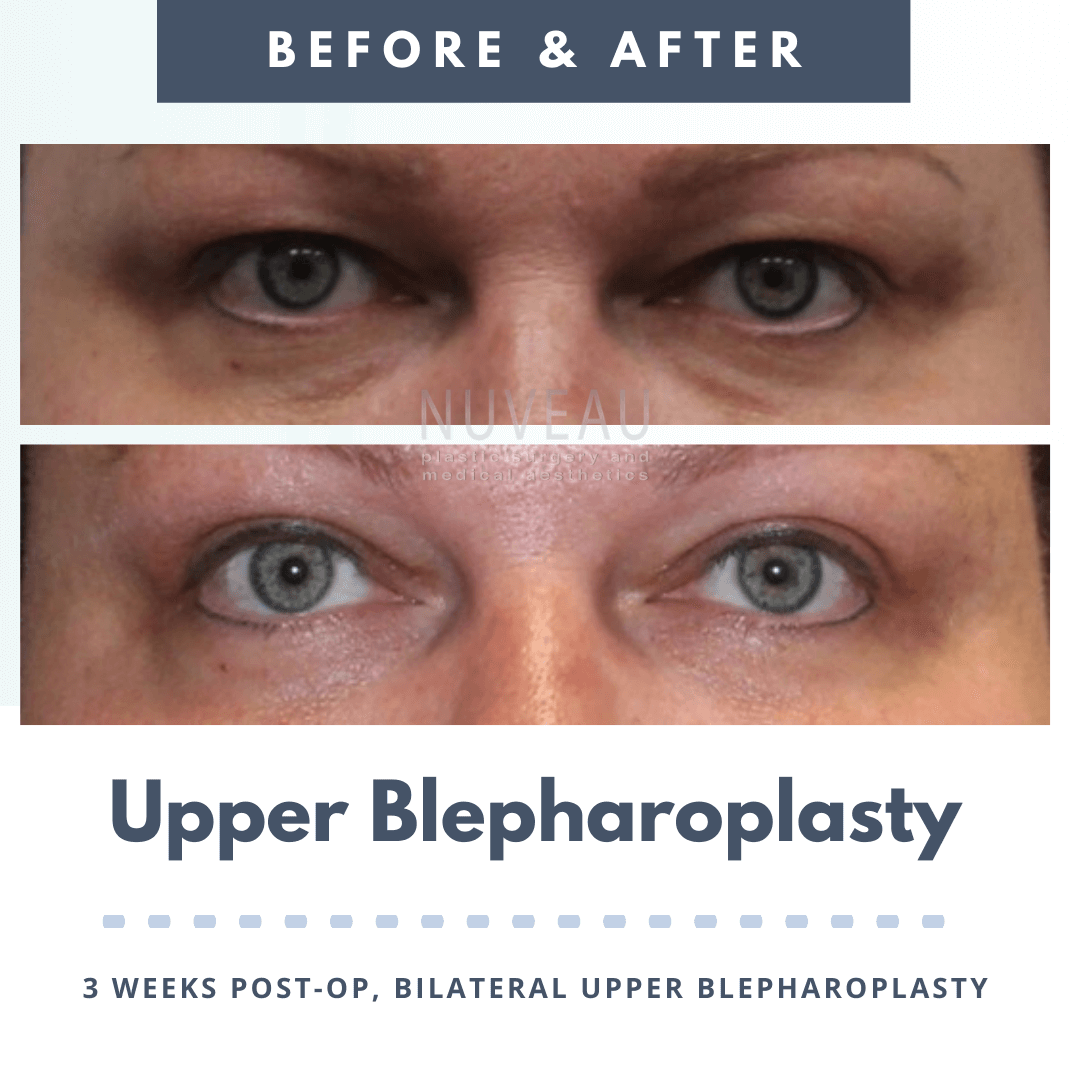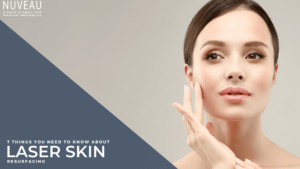
Blepharoplasty, also known as eyelid surgery, is a procedure to remove excess skin and/or fat from the top or bottom eyelid. Blepharoplasty addresses sagging skin, wrinkles, and puffiness around the upper and lower eyelids. The droopy skin is generally the primary focus on the upper eyelid whereas the bulging fat and sagging of the cheeks is the main focus of the lower eyelids. Eyelid surgery can restore youthful and refreshed appearance to aging eyes.
If you are considering getting eyelid surgery, you might have a few questions. Here, we give you a low-down on everything you need to know about blepharoplasty to help you make an informed choice.
WHO IS A SUITABLE CANDIDATE?
Eyelid surgery is an outpatient procedure suitable for both men and women from any ethnic background, provided they are in good health.
The following factors can help you determine if you are a suitable candidate. Blepharoplasty can help treat the following:
- Excess fatty deposits causing puffiness in the upper eyelids
- Loose or sagging skin impairing vision
- Excess skin and fine wrinkles on the lower eyelid
- Bags under the eyes
You may not be a suitable candidate if you have:
- Uneven or droopy eyelids
- Drooping eyebrows
- Symptoms of dry eye
- Eye infection or other eye diseases
- A smoking habit
- Severe illness or infection

WHAT ARE THE OPTIONS?
You can have surgery to correct upper or lower eyelids or both, depending on the areas that need to be treated.
Upper eyelids: For treating sagging skin, excess fat, or puffiness on your upper lids.
Lower eyelids: For excess skin or bags under your eyes.
Upper and lower eyelids: Some patients address both upper and lower eyelids to get a more alert look around the eyes.
Double eyelids: An option for Asian patients who do not have upper eyelid crease.
Eyebrows: Sagging brows can give the appearance of having droopy upper eyelids. In such cases, lifting the brow, with or without upper blepharoplasty, corrects the old and tired appearance of the upper eyelid.
WHAT TO EXPECT BEFORE SURGERY?
Typically, eyelid surgery begins with a consultation with your plastic surgeon. The surgeon will mark the skin to highlight the portions that need to be removed. The surgeon will then assess your current health, physical characteristics, and expectations and recommend the right treatment to enhance your eyelids. He might ask you to stop taking blood-thinning medications and other supplements before the surgery.
For upper eyelid surgery, the surgeon makes an incision in a natural fold between your lid lines and creases to keep the scars hidden. For the lower eyelid, he will make an incision below the lash line and smile creases to remove excess skin. To correct eyelid puffiness caused by excess fat, the surgeon will make an incision inside the lower eyelid, requiring no external incision.
WHAT TO EXPECT AFTER SURGERY?
Patients are likely to have small stitches after the surgery, which might temporarily blur your vision. You may also have a bandage wrapped over your eyes while the incision wound heals.
You might experience:
- Excessive tearing, light sensitivity, and double vision
- Red and visible incisions initially
- Puffy eyelids that might feel numb for several days
- Swelling and bruising, similar to having “black eyes,” for a week or more
- Some pain and discomfort while healing
Your surgeon will instruct you to apply ice packs or cold compresses to your eyes to reduce swelling. He will remove stitches after three to four days. You will also be given painkillers to reduce pain. However, do not take them without your surgeon’s permission.

